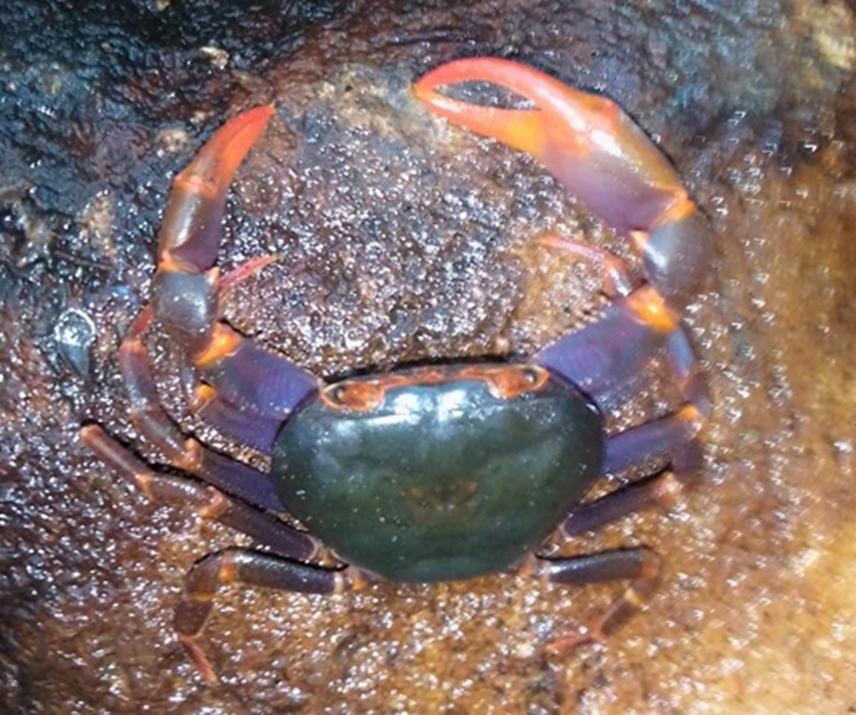Franclin Kuate Simo
Other projects
12 Mar 2024
Conservation of Threatened New Species of Louisea from Cameroon, Based on Long-Term Studies of its Population Structure and Reproduction Biology
During research trips to Nlonako by my supervisor Dr. Pierre A. Mvogo Ndongo, for conservation action plans for Louisea nkongsamba, we noticed another important species of freshwater crabs (Buea nlonako) that have been overlooked by scientists, local government agencies, and indigenous communities. Past field work has resulted in the establishment of the involvement by local commnities in measures aimed at protecting the threatened species, L. nkongsamba, by lessening harmful agricultural practices and reducing the use of agro-chemicals. Despite this, recent surveys of streams and crab burrows on Nlonako have revealed a large number of dead crabs (Buea nlonako) that have apparently been trampled by local people (e.g., foresters and farmers) in the course of (legal) activities in the area. Also found dead were specimens of the endangered frog, Arthroleptis nlonakoensis, that are sympatric with B. nlonako in small permanent streams in Nlonako. Other crab species found there were Sudanonautes africanus, S. floweri, and S. aubryi that are all caught and eaten by local people. Notably, no specimens of L. nkongsamba were damaged and destroyed because the local people already know about the need to respect its habitat and its importance to their ecosystem and the development of their area. The freshwater crab, Buea nlonako is only known from few specimens that live in a small permanent stream that flows through forests in the Nlonako Ecological Reserve in sympatry with Arthroleptis nlonakoensis, an endangered species of frog (IUCN Red List). This small stream is used intensively by local people for drinking water and for fish to east, and they walk in this stream to reach their farms.

Potential new species of Potamonemus.
The proposed project has three important objectives:
1. To contribute first-time data on population levels and trends, distribution, reproductive cycles, predators, habitat preference, and threats of Buea nlonako that will permit an assessment its conservation status under the IUCN Red List protocols.
2. To identify and quantify specific short term and long-term threats to B. nlonako (and to the endangered frog species, Arthroleptis nlonakoensis) and its habitat from human activities.
3. To build capacity through community outreach that will contribute to saving both B. nlonako and A. nlonakoensis from extinction. This will involve cooperation with local authorities aimed at including as many people as possible (ca. 95%) who work around the target small stream, so that I can provide them an understanding of the importance of conserving threatened and endangered species and the steps that are needed to protect them from extinction. My research supervisor and mentor, Dr. Mvogo Ndongo has already successfully completed a conservation project on Nlonako for the freshwater crab L. nkonsamba, and this project aims to identify and control threats related to the stream habitats where Buea nlonako and Arthroleptis nlonakoensis are found. The local population will be educated on the broader benefits of healthy and intact streams to the functioning of natural tropical ecosystems that include supporting the wealth of unique wildlife found on Nlonako.
Header: New threatened species of Louisea Cumberlidge, 1994.